The Shockingly Light LG Gram 17 Is My New Favorite Laptop
It doesn’t flip around. It doesn’t detach. And it’s not so thin that you can floss with it.
The LG Gram 17 is just amazing at one thing that matters to people on the go. Being very, very light.

Sporting a metal alloy body made of nano carbon with magnesium, this laptop crams a 17-inch display into a chassis that weighs just under 3 pounds. That’s insane for such a big canvas. For example, the 15-inch MacBook Pro weighs 4 pounds.
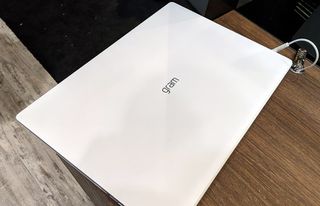
Port selection is pretty good, too, with a full-size USB port, USB Type-C, HDMI and a microSD reader.
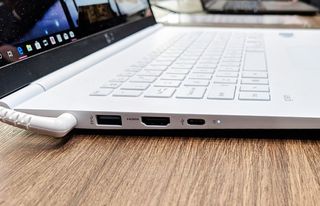
The only bummer is that the white model I played with at CES 2019 doesn’t seem to be coming to the U.S., so gray is our only option for now.
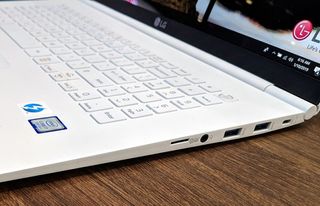
You also get a sharp 17-inch 2560 x 1600-pixel display in a chassis that would normally accommodate a 15-inch laptop, so this thing is small and light. The screen is not only colorful in person, it sports a 16:10 aspect ratio, which makes it easy to see more content at once with less scrolling.
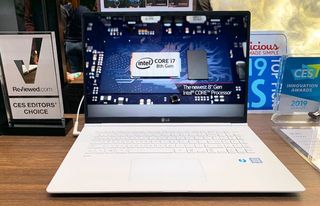
Despite being so light, this is definitely not a lightweight when it comes to specs. You get an 8th Gen Core i7 processor, 16GB of RAM and a 512GB SSD. And you should for the fairly steep price of $1,699. Just don't expect discrete graphics.
Stay in the know with Laptop Mag
Get our in-depth reviews, helpful tips, great deals, and the biggest news stories delivered to your inbox.
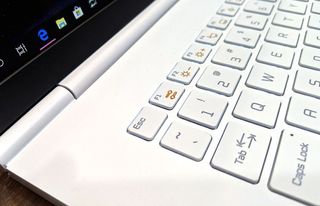
LG is also promising up to 19.5 hours of battery life, but we’ll have to see how well that claim holds up in our tests.
MORE: LG's Rollable OLED TV R Is Beyond Amazing
There’s something really refreshing about the LG Gram 17’s sheer focus and sense of purpose. And you really have to put it in your hands to believe it. Stay tuned for our full review, as we have a Gram 17 in our labs right now.
Credit: Laptop Mag

